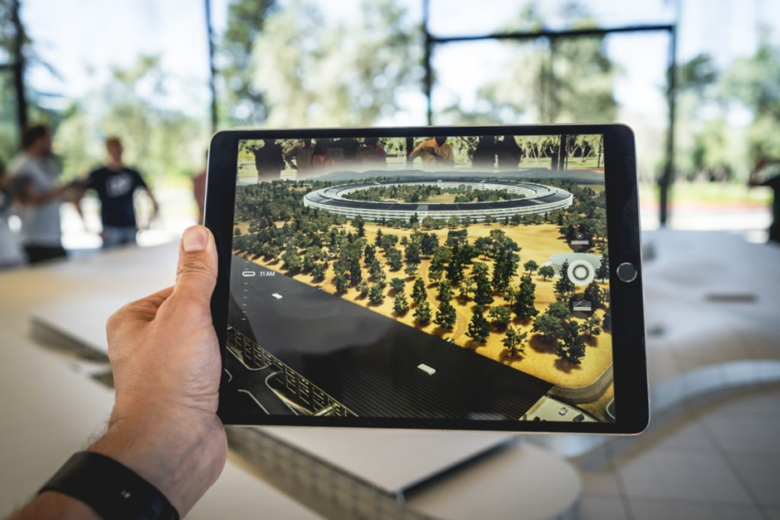How is augmented reality development used to make an app?

Augmented Reality is an area with new generations of interfaces, enhancing user interactions with computer applications. Tech experts say that augmented reality is virtual objects in real-time, through the support of technologies manipulated by objects in real environments through systems.
This article will help you in understanding the process of augmented reality development. There are three main stages.
- Creation
The creation, which can be yours or a client requesting the app, establishes the briefing (a formal request). It is the objective of the project that you, or whoever will develop the software, must plan in detail and then execute that plan.
Therefore, the first step in making an AR app is to define the main variables of the project. How will the app work? What operating system should it run on? Will it be approved in a virtual store or will it have in-house distribution? What will be the standard of recognition? And the digital content (augmented part)? Will there be interaction beyond the trigger (time of pattern detection)?
All these issues are related to the creation stage, in which the definition of what is wanted in the AR project takes place. From there, the executor prices the project using its criteria and, if the project is approved, it can proceed to plan and execution.
- Planning
Planning should analyze the answers and check the technical feasibility of the briefing and its requirements. With this, the best development tool is defined to generate the app and the schedule is created. It has content development, content approval, testing, tweaking, and delivery periods. The choice of how the digital content will be incorporated into the app must be decided in the planning.
- Execution
Then comes the execution with some forks according to the interest and nature of the project. Most people love the idea of developing an AR app, but as long as it requires little or no programming. This is possible, especially if you want a practical app with the traditional use of AR, that is, one that only consists of triggering digital content over the standard, without many rules and customizations (as that is what requires programming).
Now, if your goal is to use augmented reality development to create an app with SDKs, or even customize interactions or specific rules, such as turning the trigger on and off, clicking/tapping on the 3D object, and combining AR with other features, just like Instagram, Snapchat, MSQRD apps do, hence you will have to program a lot and the trigger will just be the charm, the icing on the cake. You’ll also have a lot more control as is explained next.
Augmented Reality with OpenCV
Thinking about development, it is possible to generate an AR app in “hardcore” mode, which consists of programming “on the nail”, that is, coding line by line and performing most tasks manually.
In this approach, for example, it is possible to use the OpenCV library (from Intel, which has several image processing and computer vision functions) to detect the recognition pattern in the images captured by the camera and then use OpenGL (open source graphics library) or DirectX (Microsoft SDK) to load and draw the 3D digital content on the screen (as it usually is, because if it’s a video or something 2D you don’t even need that second part) over the pattern in each frame. This path allows a lot of control over each step of the process.
Augmented Reality with SDK
The other way is the practical one, which consists of installing an SDK (software development kit) in a compiler or GameEngine and generating an app in a matter of minutes. In this approach, the SDK comes with out-of-the-box features where you configure AR variables through the interface. Many people follow text or video tutorials and manage to generate the app without ever having programmed it. In short, you need to know how to install the development software, install the SDK and perform the configuration steps to generate the app. You can also add programming to customize the app.
This article aims to cover all your basic technical questions regarding augmented reality development. We hope we covered all your queries!
